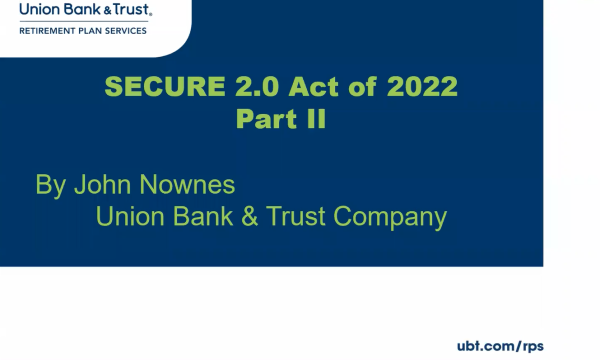What's Your Risk Tolerance and Why Does It Matter?

However, attempting to invest without that knowledge is kind of like shopping for shoes without knowing your shoe size. Buy a pair of shoes that don’t fit and they either just sit in your closet, or, if worn, the pinching might just force you to take them back!
What is Risk Tolerance?
Risk tolerance is the degree of variability in investment returns that an individual investor is willing to withstand or tolerate. You will need to realistically consider your ability and willingness to stomach large swings in the value of your investment account. If your retirement account takes on too much risk for you to tolerate, you just might panic when you experience a normal 10-15% correction and move your dollars to a safer money market option — at the wrong time.
How to Determine Your “Risk Tolerance”
Here are three vital components to consider when trying to determine your risk tolerance.
Your Investment Experience:
You will need to consider your investment experience and your level of understanding about how the market works. If you have no experience and are just starting your first retirement plan, start by contributing at least 5% to the plan’s age appropriate Target Date Fund. That way the experts are investing your dollars in an asset allocation that works for someone your age. Then make annual increases to your deferral rate a part of your New Year's resolutions. And never leave free money (company match dollars) on the table — every dollar counts and compounds!
As your experience and understanding of investing grows, your tolerance for risk may increase as well. Then you just might decide to build your own portfolio with the available mutual funds in your employer’s plan. If that’s the case, you will need to set up a portfolio that reflects your individual risk tolerance and review/rebalance annually.
Your Time Horizon:
Carefully consider your age when determining your risk tolerance and asset allocation. Stocks hold considerably more risk, but a much higher return over the long-term. Large Cap stocks have averaged 10% per year (Source: Morningstar). While bonds have less risk, they also have a lower average return. Bonds have averaged between 5-6% per year (Source: Morningstar).
So, you might think, why not put all your money in stocks? A couple of good reasons: market corrections and bear markets. Both of these stock market events are natural parts of the market cycle. A market correction is when the market falls 10% from its 52-week high (think of your $300,000 stock portfolio dropping $30,000). The stock market generally has a correction several times a year (averages 2.27 corrections per year). A bear market is when the stock market plunges for a total decline of 20% or more (think of your $300,000 stock portfolio losing $60,000 or more in value). A bear market only rears its ugly head in 20% of the quarters. That averages out to .72 times per year. (Source: “How Often Does the S&P Have Negative 10 Percent and 20 Percent Price Moves?” QVM Group LLC)
If the thought of seeing your account balance drop 10%, 20%, or more makes your stomach turn, then your tolerance for that amount of risk is low and you need to make a change. You can invest in a more diversified portfolio, with stocks and bonds, which would greatly reduce the probability of such a pronounced drop in value. Or you could go with the age-appropriate Target Date Fund and let the experts handle it.
Overall Net Worth:
Also consider that investors with a variety of assets and a high net worth can usually tolerate more risk. After all, they might have other assets (like rental property, Certificates of Deposit, or even a pension plan) that can tide them over in retirement when the markets drop.
Summary
While your risk tolerance can certainly change over the years, especially with changing financial circumstances, knowing and understanding your risk tolerance will enable you to trade a slightly higher investment return for a markedly smoother ride over time. When determining your Risk Tolerance always consider your investment experience, your time horizon, and your overall financial situation.
The Moral of the Story: Never go shopping for shoes without knowing your shoe size — investing is best done when you have an understanding of your individual risk tolerance.
Learning Center articles, guides, blogs, podcasts, and videos are for informational purposes only and are not an advertisement for a product or service. The accuracy and completeness is not guaranteed and does not constitute legal or tax advice. Please consult with your own tax, legal, and financial advisors.
|



